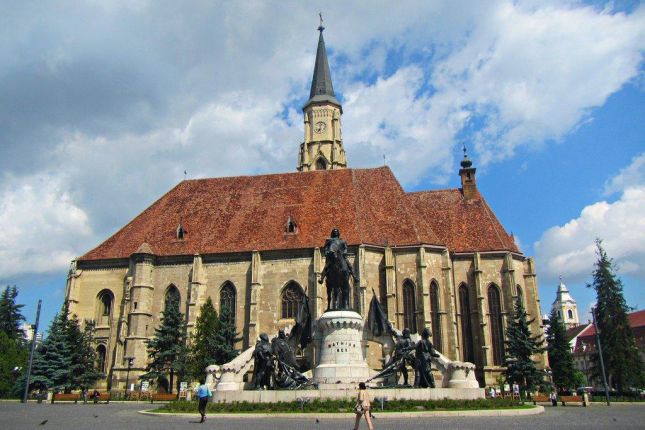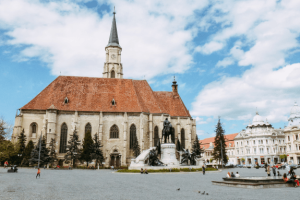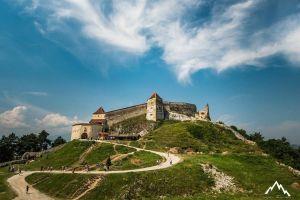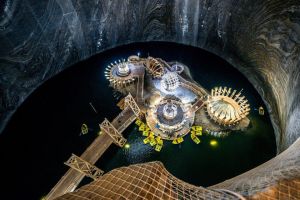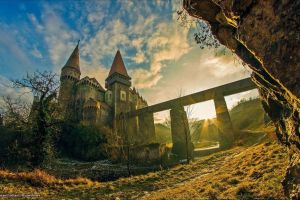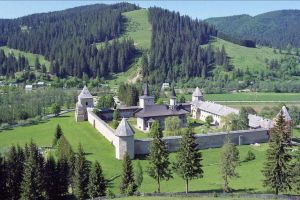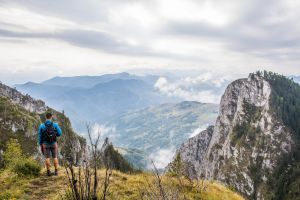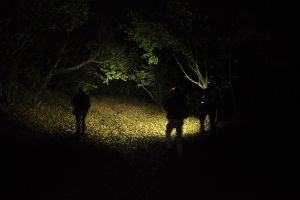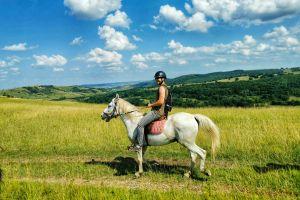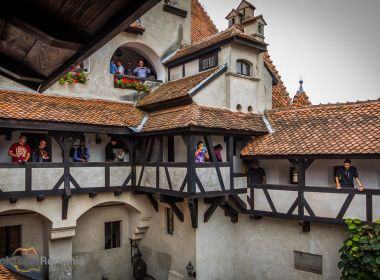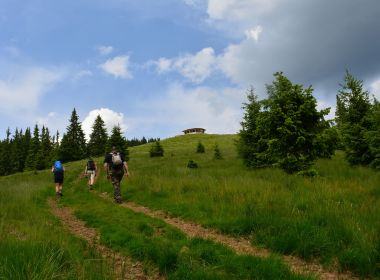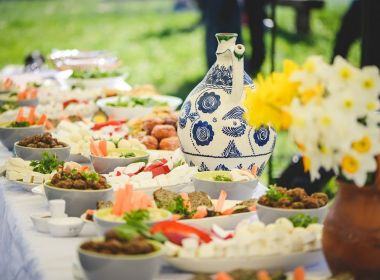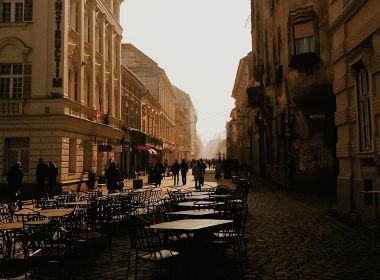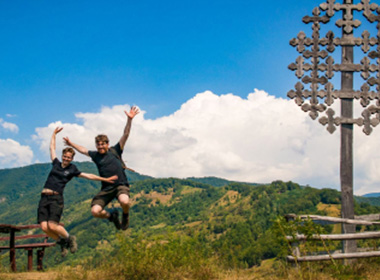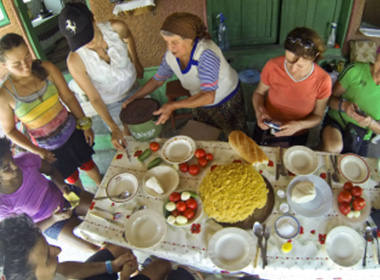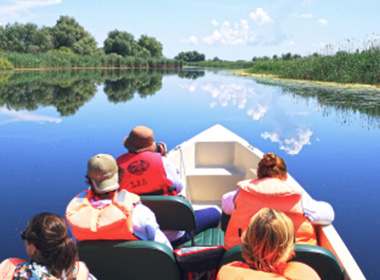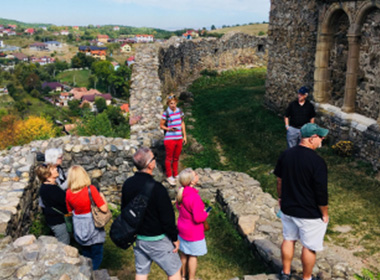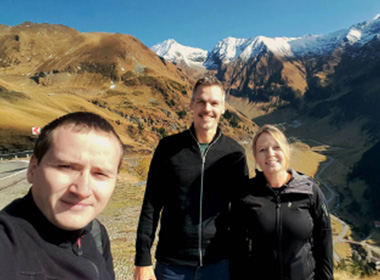35+ Best Things to Do in Cluj-Napoca & Places to Visit
Cluj-Napoca (or simply Cluj) is Romania’s second-largest city with a vibrant personality: young-hearted, always up to something, a major cultural and university hub full of creative energy and good vibes!
With a mix of medieval landmarks, historical sites, architectural jewels, trendy urban hotspots, cobblestone streets, and numerous events like film and music festivals, Cluj is a laid-back city where people live unrushed - despite its fantastic growth since Romania joined the European Union in 2007.
La Cluj - as locals say in Cluj - everything is slower.
It’s also one of the most visited cities by travelers since it’s ideally located in Central Romania, which makes it a good base to explore the famous regions of Transylvania, Maramures, and Bucovina. You’ll find many low-cost flights from all over Europe to get here! Additionally, domestic flights are available; booking them in advance is crucial to secure the best fares.
- check our practical travel guide on how to visit Romania for the first time to make planning your trip easier.
In this Cluj-Napoca travel guide, we listed over 35 of the best things to do in Cluj, popular attractions for day trips in Cluj county, local favorites, and lesser-known sights and activities you should consider.
Table of contents
- What makes Cluj Napoca worth visiting?
- How to discover the best places to visit in Cluj Napoca starting from the city center
- 1. Start exploring Cluj from Avram Iancu Square
- 2. Admire the architectural mix of Cluj-Napoca
- 3. Take a stroll on the main street, Eroilor Boulevard
- 4. Visit Union Square and its landmarks
- 5. Enjoy nature in Central Park
- 6. Discover the interwar architecture of Cluj and enjoy Somes River
- 7. Admire the city from Cetatuia Hill
- Thirsty for culture?
- 8. Taste the rural life at the Romulus Vuia Ethnographic Park
- 9. Check Romanian aesthetics at the Ethnographic Museum of Transylvania
- 10. Visit the National Museum of Transylvanian History
- 11. Admire the art at the Cluj National Art Museum
- 12. Discover the oldest building in Cluj: Matthias Corvinus House
- 13. Take your time to visit small art galleries
- 14. Go to the artisan fares to meet local craftsmen
- 15. Visit Cluj during cultural events
- 16. Visit one of oldest still-in-service churches: the Franciscan Church
- 17. Admire Byzantine architecture at the Assumption Cathedral
- 18. Go to a concert at the Reformed Church
- 19. Visit the charming Face-to-Face Greek-Catholic Cathedral
- 20. Smell the beauty at the Botanical Garden
- Day trips from Cluj-Napoca to visit Transylvania
- 21. See the #1 underground attraction in the country: Turda Salt Mine
- 22. Visit the most authentic medieval castle in Transylvania: Corvin Castle
- 23. Make a stop at the Alba Iulia Citadel
- 24. Visit UNESCO-listed sites: Sighisoara Citadel and fortified Saxon villages
- 25. Go deeper, and discover traditional regions of Romania
- 26. Go on a hike in the Apuseni Mountains
- 27. Visit a traditional region in Apuseni Mts
- 28. Admire a natural reserve: Turda Gorges
- 29. Go to the charming village of Rimetea and hike to Piatra Secuiului
- 30. Enter a space of mysteries at the Hoia Baciu forest
- 31. Visit the famous Banffy Castle
- 32. Go horse riding in the hills of Transylvania
- Where to go out in Cluj-Napoca. Best restaurants in Cluj
- 33. Enjoy a tasty blend of fancy and classic flavours
- 34. Taste traditional Romanian food
- 35. Discover the specialty coffee culture in Cluj
- 36. Go out for drinks in Museum Square
- 36. Mingle with students on Piezisa Street
- How to get to Cluj-Napoca International Airport
- How to get to Cluj-Napoca airport with domestic flights
- Other ways of getting to Cluj-Napoca from other Romanian cities
- Public transportation in Cluj-Napoca. From the international airport to the city centre
- Where to stay in Cluj-Napoca
What makes Cluj Napoca worth visiting?
Why do locals all over Romania talk about the friendly people and easy-going vibe of Cluj-Napoca?
Simple: it’s a bustling university city with a creative spirit, a down-to-earth attitude about work, and a ‘chill’ vibe. Whether you are looking to discover the specific traits of Romanian art, look for old signs of the former Hungarian rule, take part in modern and innovative cultural events, or even try exquisite food from traditional and international cuisine, Cluj-Napoca has all this and more to offer travelers.
Locals here are +very friendly+, and it will be easy to interact with them—on a walk through the city, in a coffee shop serving specialty Ethiopian single origin coffee, or at one of the famous Romanian festivals taking place in Cluj, like the massive Untold festival, the alternative Electric Castle, or the Transylvania International Film Festival, where some of the best Romanian movies have premiered.
There are many things to do in Cluj because the city is the unofficial capital of Transylvania. Historically, Cluj has always been a cultural and political center in Romania.
Romanians, Hungarians, Germans, and other minorities have peacefully coexisted here for centuries with all their customs, faiths, ways of life, and typical dishes. The Hungarian State Theatre plays a significant role in showcasing local folklore through theatrical performances in Hungarian, with English and Romanian subtitles, celebrating the city's rich Hungarian heritage. So learning about local culture is one of the best things you can do here.
Then there’s Central Park, a hotspot for local life, the Botanical Garden, the best in Romania, and Cetatuia Hill (Fortress Hill), with its fantastic city view, to satisfy your need for ‘nature in the city.’
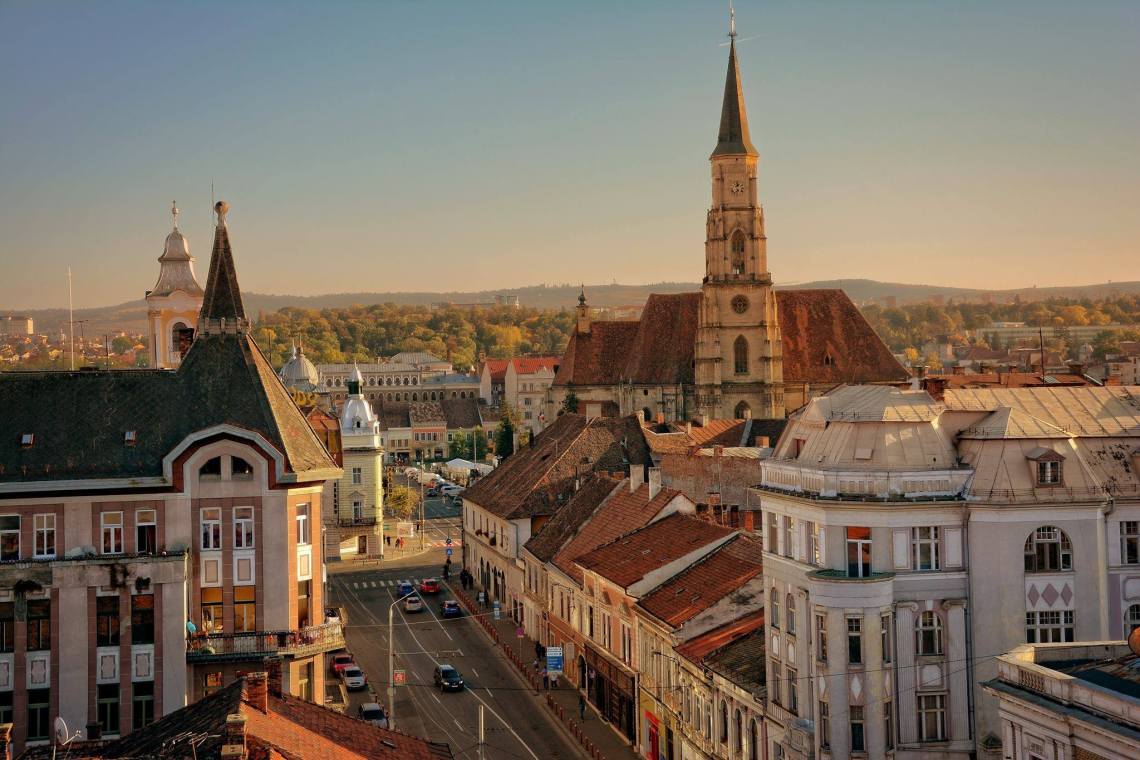
How to discover the best places to visit in Cluj Napoca starting from the city center
The best way to do some sightseeing and explore Cluj is on foot because the city's landmarks and best places to see are close to each other in the city centre, only minutes walk apart. The city's layout is an enormous east-west axis, so I suggest you walk on the route from Central University Library or Avram Iancu Square.
1. Start exploring Cluj from Avram Iancu Square
Suppose you decide to explore Cluj starting from Avram Iancu Square. In that case, you will notice the *Orthodox Cathedral*, which you can visit, and the statue of Avram Iancu, a significant figure in the history of the country and a Romanian hero. He played a significant role in the Austrian Empire Revolutions of 1848 when he consistently fought the Hungarian representatives who, despite having asked for Independence and to break away from the Austrian Empire, were refusing to abolish serfdom and release Romanian peasants from a life of slavery.
2. Admire the architectural mix of Cluj-Napoca
The beautiful historic buildings in the centre, opposite the Orthodox Cathedral and the statue of Avram Iancu, are the National Theatre and the Romanian National Opera House. Thanks to Habsburg and Hungarian influences, they have a superb architectural mix of Renaissance, Baroque, and Secession, typical of many important buildings in Western Romania.
3. Take a stroll on the main street, Eroilor Boulevard
Continue your walking tour on the wide and busy *Eroilor Boulevard*, the main street in Cluj, where locals love to go for a walk and hang out. You'll also pass by some of the city's oldest buildings, like the Old Town Hall. Many of them date back to the 16th century when Cluj experienced an economic and cultural awakening, and they are top attractions for tourists due to their unique architecture.
Local tip:While here, take your pick from some of the most popular cafes and restaurants, which are great places to experience the city's local life: Olivo, Koffer, DOT, A la Tarte, Meron, or Eggcetera.
If you are into architecture, you'll notice how the style of buildings throughout the old town has changed from constructions that survived the Renaissance period to the more elegant 19th-century buildings (like the City Hall Palace) in the city center and around the main squares. These are great spots for those passionate about aesthetics, history, and photography!
4. Visit Union Square and its landmarks
Continue your walking tour until you reach *Union Square* (Piața Unirii), a lovely place characterized by 18th-century and 19th-century buildings, with its massive St. Michael's Church, an impressive Gothic landmark and one of Cluj's most popular tourist attractions, and the imposing Matthias Corvinus monument in the center.
Union Square is full of history. The Continental Hotel, which housed German troops during the Second World War, is also here.
Many local events and festivals occur in the main square, but if not, enjoy the open space and look around: no one here is in a rush. Locals smile, go slow, and like to grab their coffee and enjoy it in the sun. Travelers from all over the world said they had not found a more laid-back attitude from city folk.
Local tip:Notice the details of the imposing statue of Matthias Corvinus, a famous Hungarian king born in Cluj Napoca (then Kolozsvár) in the 15th century.
The history of Hungary and Romania is intertwined beyond administrative borders or nationalist rhetoric. If you want to learn more about the history of Cluj-Napoca and Transylvania, one of our guides has a degree in history and is eager to show you around and tell you more:
5. Enjoy nature in Central Park
Next on your walk should be *Central Park* (Parcul Central), where you'll see people lying on the grass, hanging hammocks, and enjoying life. Go for a walk around Chios Lake and maybe enjoy an elegant brunch at the Chios Casino historical cafe. If there are no local fares in Union Square, maybe they're here, especially during the Summer months.
The park is closed during the Untold Festival, and I generally don’t recommend visiting Cluj-Napoca at that time since it’s super crowded and expensive - unless you’re coming specifically for the festival. In that case, check out our complete Untold Festival guide.
Pro tip:At the end of Central Park towards Cluj Arena, you'll find local stalls that sell typical Romanian street food: langos (fried dough topped with sour cream, cheese, and garlic sauce), kurtos kalac (sweet bread with topping), cotton candy (a staple of Romanian childhood) and machine-made instant ice cream, my favorite :) . But if street food is not your vibe and you would prefer a cultural experience, the Hungarian Theatre is just on the opposite side of the park.
6. Discover the interwar architecture of Cluj and enjoy Somes River
Across the road, near the Mill Canal, you'll find many well-preserved houses built between the Two World Wars, with beautiful architecture. If you continue your walk, you'll eventually reach the Somes River promenade, another local life hotspot and one of the favorite destinations for locals and travelers out on a walk.
7. Admire the city from Cetatuia Hill
If you want a great view of this beautiful city, cross the river and visit *Cetatuia Hill*. It is perfect for a panoramic view of the city and surrounding hills! You can get there on a short hike through Cetatuia Park or by taxi. Sunsets here are spectacular; you can enjoy them with a drink at Pergola Cafe.
Thirsty for culture?
Then you’re in the right place. Thanks to its rich multicultural and humanistic history, Cluj-Napoca city has always been renowned for its culture and interest in the visual arts. After visiting around for a bit, you'll soon understand how influential culture is, even in the day-to-day lives of locals.
Here’s a short list of the best things to do in Cluj for those interested in art and culture:
8. Taste the rural life at the Romulus Vuia Ethnographic Park
The Romulus Vuia Ethnographic Park is the first open-air museum in the country where you will get a taste of local rural life: traditional houses, rural technical installations and wooden churches, and lots of green spaces where you can even chill or have a picnic (closed November - April).
9. Check Romanian aesthetics at the Ethnographic Museum of Transylvania
The Ethnographic Museum of Transylvania is similar to the museum mentioned above. Think of it as its indoor brother. You'll discover clothing, household and decorative items, pictures, and past literature here.
To get a good sense of Romanian art and craftsmanship, visiting all three museums for a complete picture would be best.
10. Visit the National Museum of Transylvanian History
The National Museum of Transylvanian History focuses on history and archeology, with objects and artifacts dating back to our ancestors, the Dacians. This is one of the best museums in Romania to visit if you want to understand more about the complex history of The Western part of the country.
Cluj is also known for its artsy vibe. In addition to classical arts, contemporary and modernist artists are featured. Photo exhibitions are regularly displayed in the main squares or cafes. Here is a list of the best places for art lovers.
11. Admire the art at the Cluj National Art Museum
Cluj-Napoca Art Museum hosts various art exhibitions year-round next to the University of Arts and showcases Romanian art within the historical framework of Cluj-Napoca, emphasizing the city's rich artistic heritage. Explore a diverse collection of over 12,000 paintings, sculptures, graphic arts, and decorative pieces from the 16th to the 21st centuries.
The museum is a treasure trove of artistic expressions and a remarkable architectural marvel situated in Unirii Square.
12. Discover the oldest building in Cluj: Matthias Corvinus House
The Matthias Corvinus House (Casa Matias) is the birthplace of Matthias Corvinus, the King of Hungary, and ranks among Cluj-Napoca's oldest structures.
Built in the 15th century with Gothic influences, this historic house has served various roles, evolving from a residence to a prison, hospital, and museum. Go for a walk towards Museum Square from Union Square; you can't miss it.
13. Take your time to visit small art galleries
Cluj also has a list of small art galleries, such as Iaga Contemporary Art, which hosts about six annual exhibitions. Other small galleries are Plan B, Bazis Gallery, or Lateral ArtSpace. These galleries exclusively focus on contemporary art, providing art enthusiasts with distinctive perspectives and immersive experiences.
14. Go to the artisan fares to meet local craftsmen
Many events and local artisan fares (e.g., ZAIN) are frequently organized in Cluj-Napoca, where artists and craftsmen are promoted. Here, you can acquaint yourself with local craftsmen, sample authentic products, and explore items that blend tradition with modern elements.
15. Visit Cluj during cultural events
Cluj hosts many cultural events, such as the Transylvania International Film Festival (TIFF) and Jazz in the Park. The official tourism website of Cluj-Napoca, Visit Cluj, has a list of events scheduled for the next period.
Since we can't separate Transylvanian culture from its multi-faith background, some *religious sights* are worth visiting. Besides the prominent Orthodox Cathedral, another edifice located in the city center is *Saint Michael's Church. *This impressive Gothic masterpiece adorning the old town is a Catholic Church that has been at the centre of community life ever since. Despite Saint Michael's Church dating back to the 14th century, it is still not the oldest religion institution.
16. Visit one of oldest still-in-service churches: the Franciscan Church
Built between 1260 and 1290, the Franciscan Church stands on the grounds of an earlier Catholic church, destroyed during the Tatar invasions in 1241. Nestled in the old town Museum Square, formerly known as Little Square, to distinguish it from Market Square, this location revealed remnants of the Roman city (Castrum Clus) during archaeological excavations. Inside the church, intricate sculptures and an ornate altarpiece grace the interior. The building is classified as a historical monument.
17. Admire Byzantine architecture at the Assumption Cathedral
The Assumption Cathedral, also known as the Dormition of the Theotokos Cathedral, is an excellent example of Byzantine architecture adapted to 20th-century construction requirements. Completed in 1933, it is the largest Romanian Orthodox church in Cluj.
Its architectural marvel unfolds in the Romanian Brâncovenesc style, seamlessly blending Renaissance and Byzantine influences. Nestled in Avram Iancu Square, it shares the cultural landscape with the Cluj-Napoca National Theater and the Avram Iancu Statue.
18. Go to a concert at the Reformed Church
The Reformed Church in Cluj-Napoca, located on Mihail Kogălniceanu Street, is a captivating structure characterized by its imposing Gothic architecture and a profound sense of intimidating strength. Renowned for its exceptional acoustics, the church hosts numerous concerts where Romanian and international musicians use unbeatable sound quality.
19. Visit the charming Face-to-Face Greek-Catholic Cathedral
The Face-to-Face Greek-Catholic Cathedral stands out as one of the most beautiful churches in Cluj, and it is my favorite since I got married here :)
Constructed in the Baroque style, the church is adorned in yellow and features a tall tower reaching 28 meters, which imparts an ancient charm along _Eroilor Boulevard. _
20. Smell the beauty at the Botanical Garden
I advise visiting the *Botanical Garden* in Cluj-Napoca, one of my favorite places for beauty, peace, and quiet. According to some, it is Romania's most gorgeous botanical garden. Besides the Rosarium in front of the building, a rose garden with many species, it has many unique sights like the Japanese garden and the Roman garden, which are both exquisite, which make this an exciting place to visit. Additionally, the botanical museum within the garden offers diverse collections that provide a peaceful cultural experience amidst the busy city.
Springtime is the best time to visit it since over 40,000 tulips are on display, making it one of the biggest tourist attractions in Cluj. Since I mentioned spring, let me add that the Japanese Garden is a personal favorite this season. Find out more about visiting hours on the official website.
Day trips from Cluj-Napoca to visit Transylvania
Thanks to its location and well-connected public transport, Cluj is a good base for exploring the many things to do in the Transylvania region and visiting places that are harder to reach than Bucharest or other parts of the country. So, going on short trips to discover the main Romanian attractions is one of the best things you can do in Cluj!
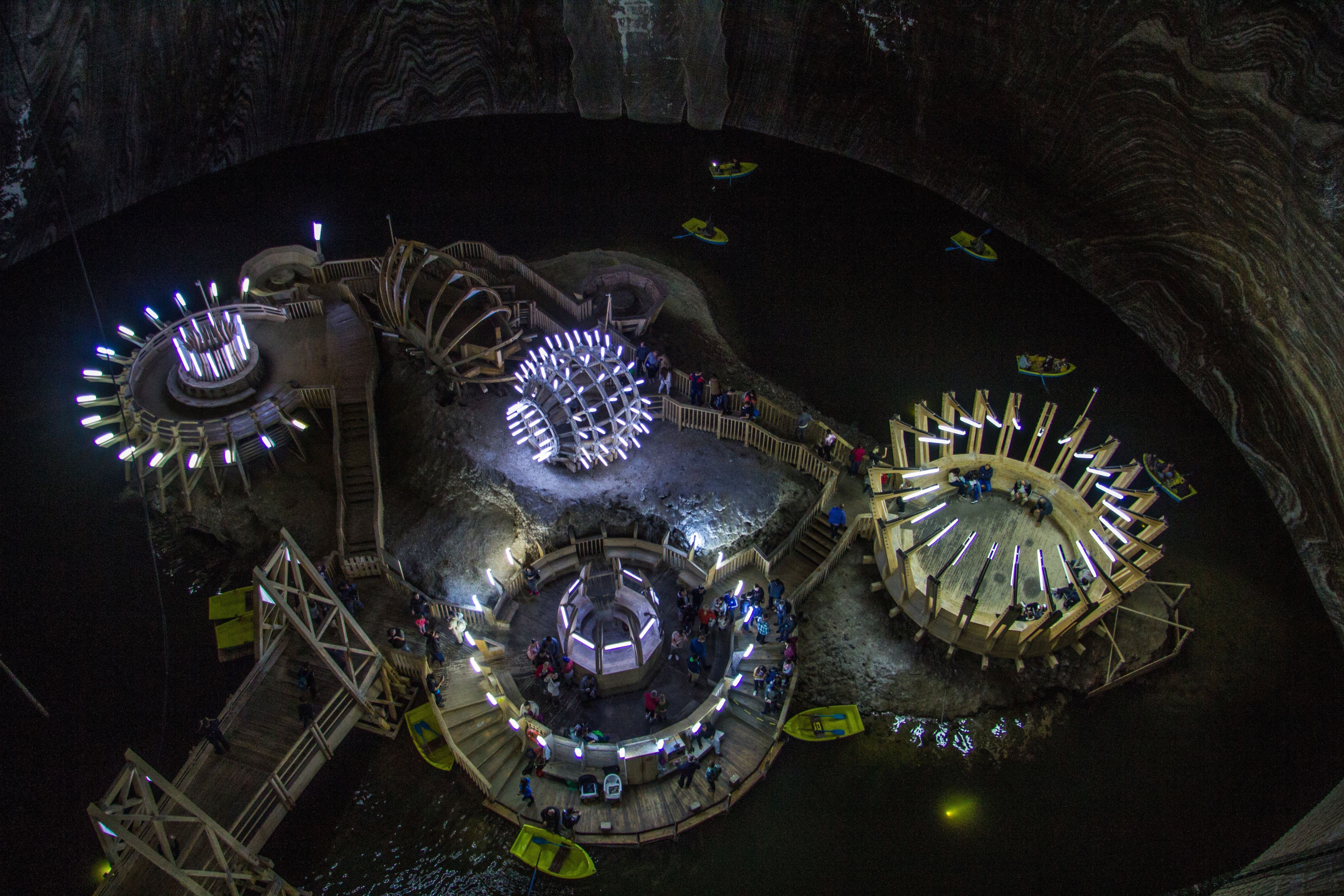
Turda Salt Mine is one of the best attractions you can visit near Cluj-Napoca
21. See the #1 underground attraction in the country: Turda Salt Mine
Undoubtedly, the main attraction near Cluj-Napoca is the Turda Salt Mine, one of the best salt mines in Romania. Business Insider named Salina Turda the #1 underground location to visit, with beautiful scenery thanks to artfully placed lighting installations and incredible air quality. And there are a lot of activities for visitors, such as table tennis or mini golf.
Besides breathing salty air, which is good for your lungs (actually certified to have the best air quality), there are some awesome things you can do down there too: imagine a 2,000-year-old mine dating back to Roman Empire times with caverns so huge an underground Ferris wheel could be installed! Or boat rides on an underground lake. Wait... what?
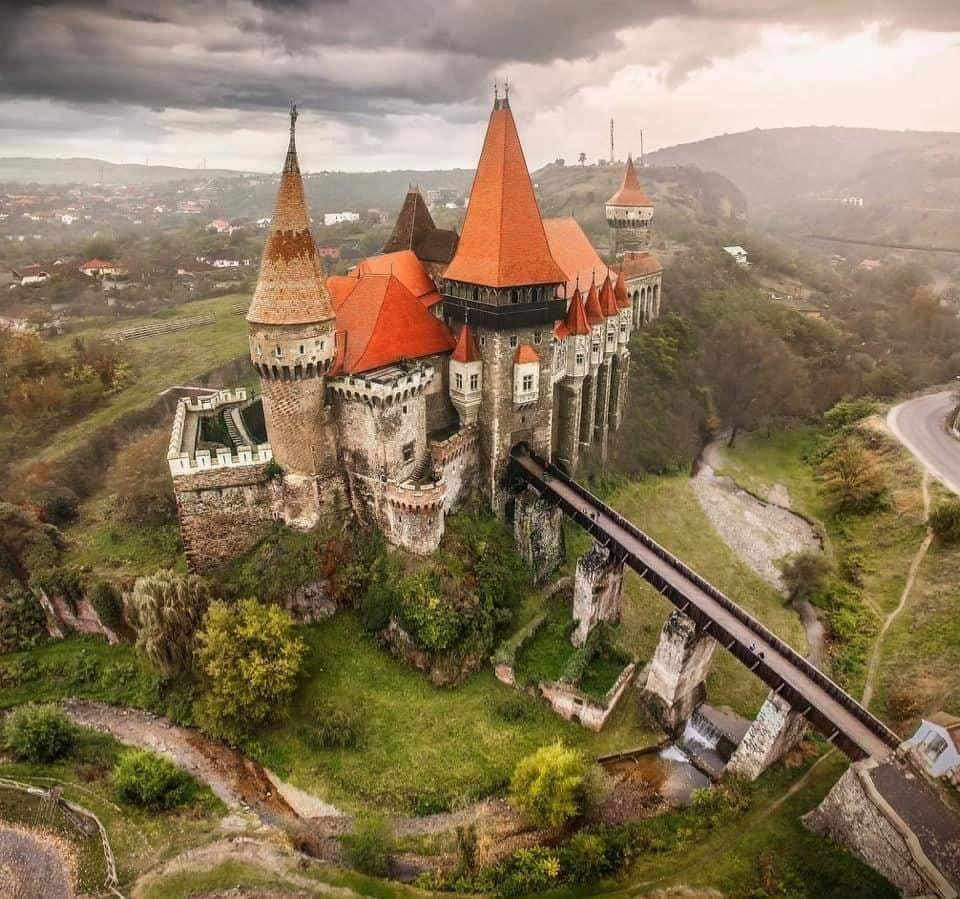
Corvin Castle, the best preserved medieval castle in Eastern Europe
22. Visit the most authentic medieval castle in Transylvania: Corvin Castle
Corvin Castle, a 600-year-old Gothic castle, may not be the most famous castle in Romania. It's hard to compete with Bran Castle, aka Dracula's Castle, which is close to Brasov! But it's the most exciting and authentic medieval castle in the historic region, with real stories and fascinating legends. Take plenty of pictures, inside and outside, and show them to your friends who are passionate about horror movies, as a few of them were shot there - "The Nun" being the most famous one of all.
Unlike Bran Castle (4 hours away), Corvin Castle can be easily visited on a day trip from Cluj-Napoca as it is only 2 hours from the city.
23. Make a stop at the Alba Iulia Citadel
You can stop at Alba Iulia Citadel on your way to Corvin Castle. This is the spiritual capital of Romania. During the Great Union of 1918, which took place here, Transylvania joined Wallachia and Moldova to create the Greater Romanian State. You might only need a short trip to visit this five-point citadel dating back to the Roman Empire, but you will be transported in several time periods and understand the changes and the evolution of the region, as well as take note of some of the events which have led to the creation of our country.
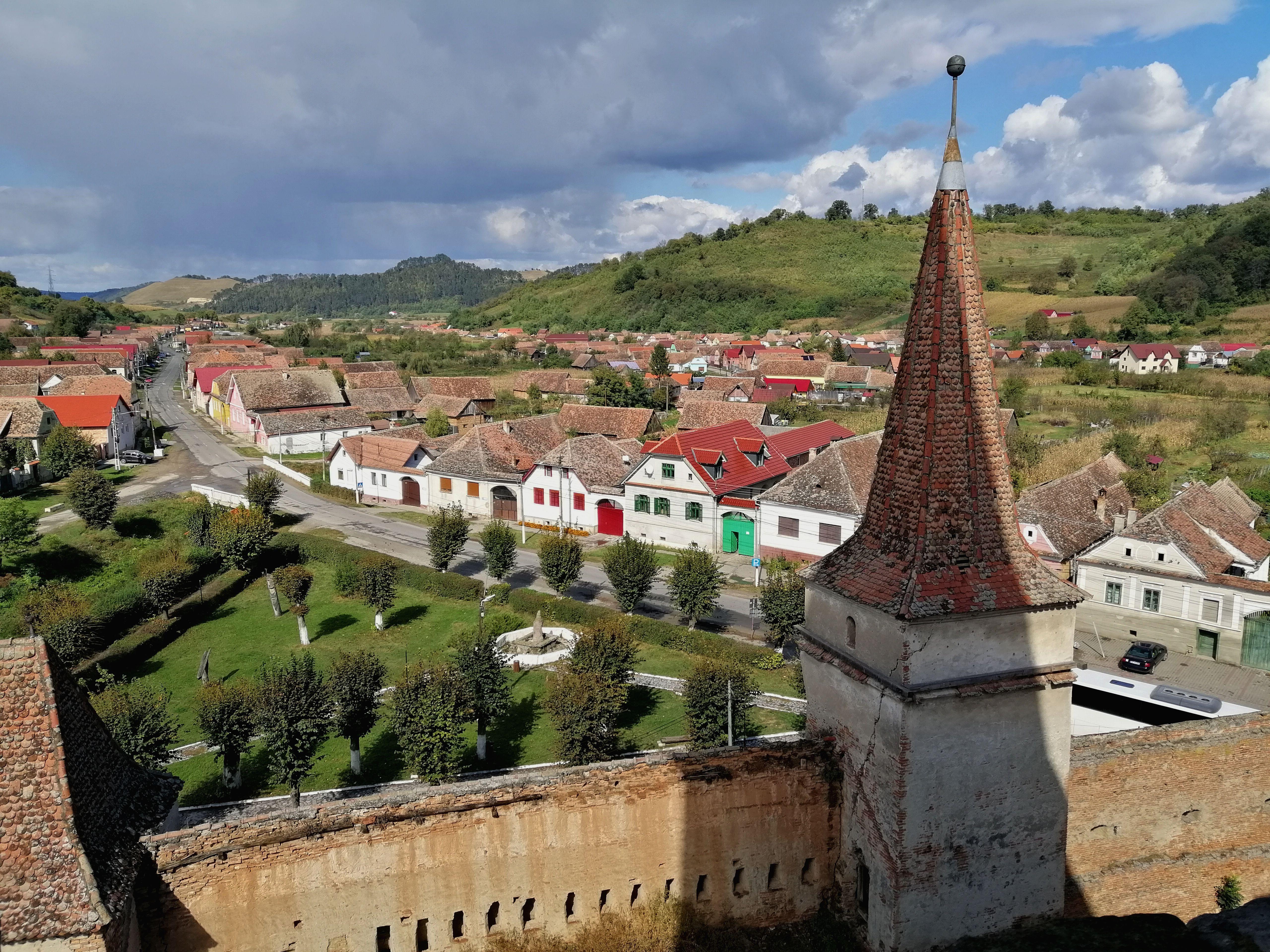
A typical Saxon village in Transylvania
24. Visit UNESCO-listed sites: Sighisoara Citadel and fortified Saxon villages
Among the other most popular places for tourists to visit Transylvania are the famous Sighisoara Citadel and the Saxon villages with fortified churches further down, South East of Cluj, all part of UNESCO heritage. On a day trip to these sights, it will be easier to understand the complex Transylvanian history and complex culture while admiring the beautiful views of the region, which is famous for its mellow hills and picturesque village life.
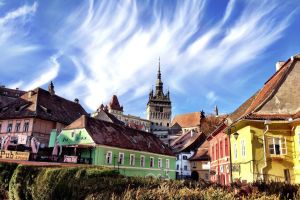
Tour of Transylvania's Countryside: Sighisoara Citadel & Fortified Villages
Start from: Cluj-Napoca
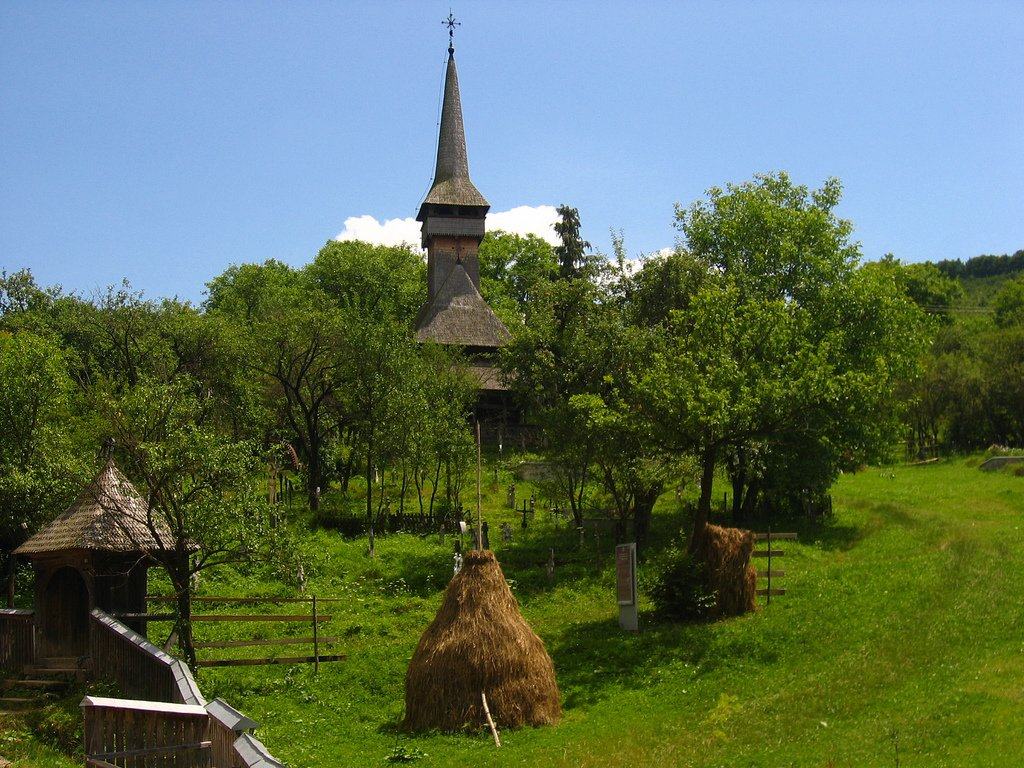
25. Go deeper, and discover traditional regions of Romania
Suppose you're interested in authentic Romanian culture and want to experience the traditional rural life that our country is so famous for. In that case, Cluj-Napoca is the perfect place to go on trips and discover the conventional regions of Maramures (N-W) or Bucovina (N-E).
Both are equally considered the most authentic and ethnographically representative regions of Romania. They're famous for their local crafts (wood caving, egg painting) and for their many customs and traditions kept alive by locals, including how they dress up in folk costumes to go to church on Sunday.
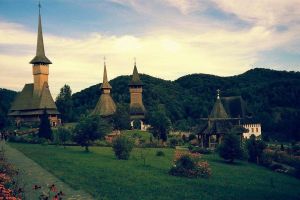
2 or 3 Days in Maramures: Wooden Churches, Traditions & Village Life
Start from: Cluj-Napoca
Besides the jaw-dropping scenery and homegrown delicious food, each region has many tourist attractions across villages. In Maramures, you can visit the UNESCO Wooden Churches. In Bucovina, you can see the famous UNESCO Painted Monasteries. Whatever you choose, both regions are fascinating and perfect for slow travel, meaning you'll need at least 2-3 full days for each.
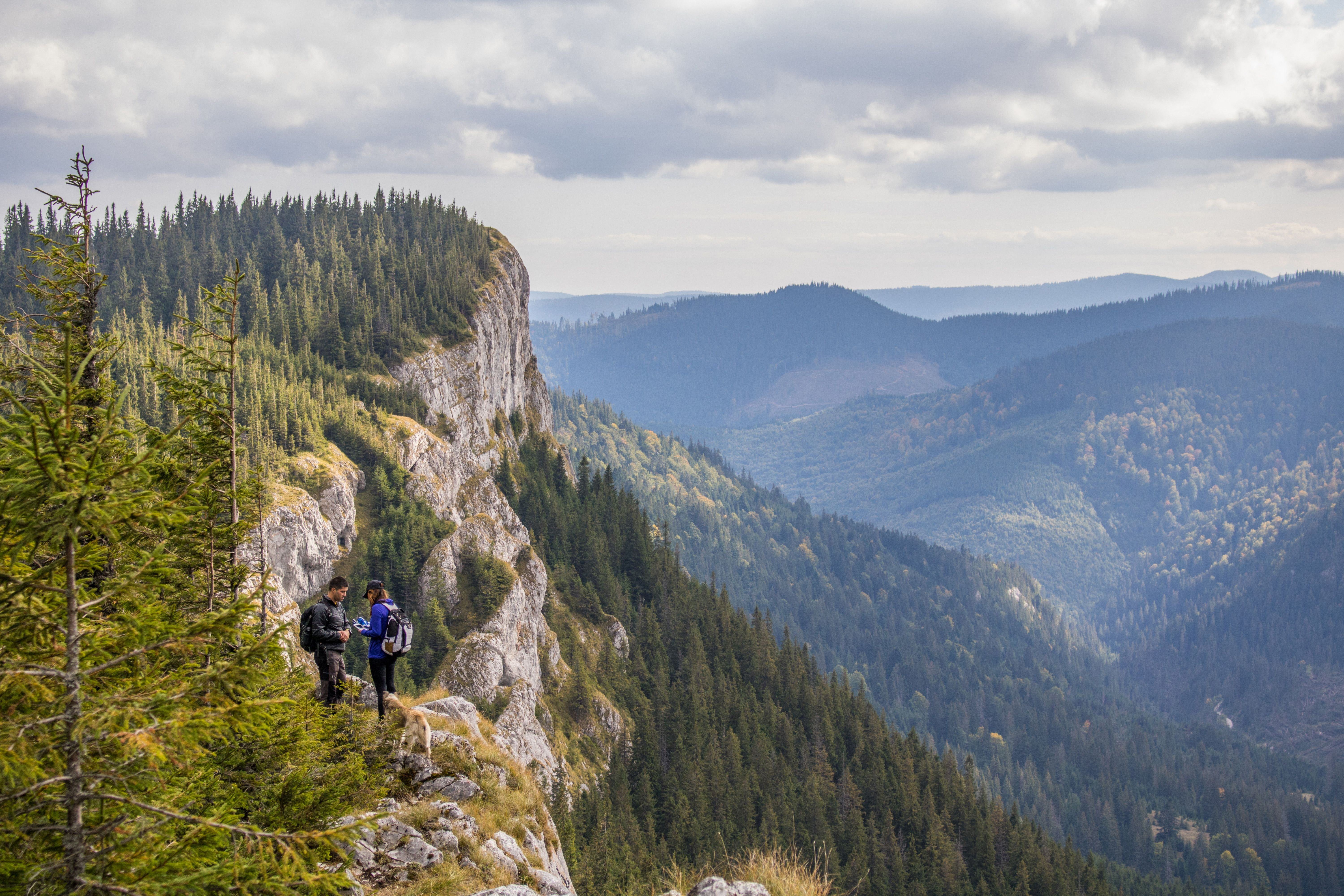
Amazing views in Apuseni Natural Park close to Cluj
26. Go on a hike in the Apuseni Mountains
One of our favorite things to do from Cluj-Napoca - that few people know about - is hiking in Transylvania. Our article will tell you about Romania's huge and underrated outdoor potential.
Cluj Napoca is close to the Western Carpathian Mountains, locally known as the Apuseni Mountains. Generally considered mountains of medium difficulty, the highest peaks are Curcubata Mare at 1,849m and Vladeasa Peak at 1,836m. Our experienced mountain guide can take you to the summit on a one-day hiking trip from Cluj.
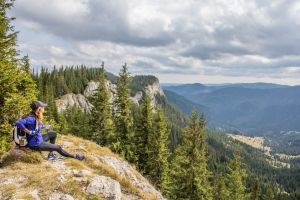
1 or 2-day Hiking Tour from Cluj: Wild Trails in Apuseni Natural Park
Start from: Cluj-Napoca
Besides the numerous hiking trails for all difficulty and experience levels, there are many *natural attractions,* such as Scarisoara Ice Cave, Rusty Ravine, Bride's Veil Waterfall, White Cliffs (Pietrele Doamnei), and Scarita Belioara Reserve.
These can be seen on hiking or multi-day trips that take you through picturesque villages. There are over 150 caves, most of which you can visit, and some are perfect for caving speleological exploration!
All you have to do is leave the comfort and appeal of the city centre for the breathtaking scenery of the mountains.
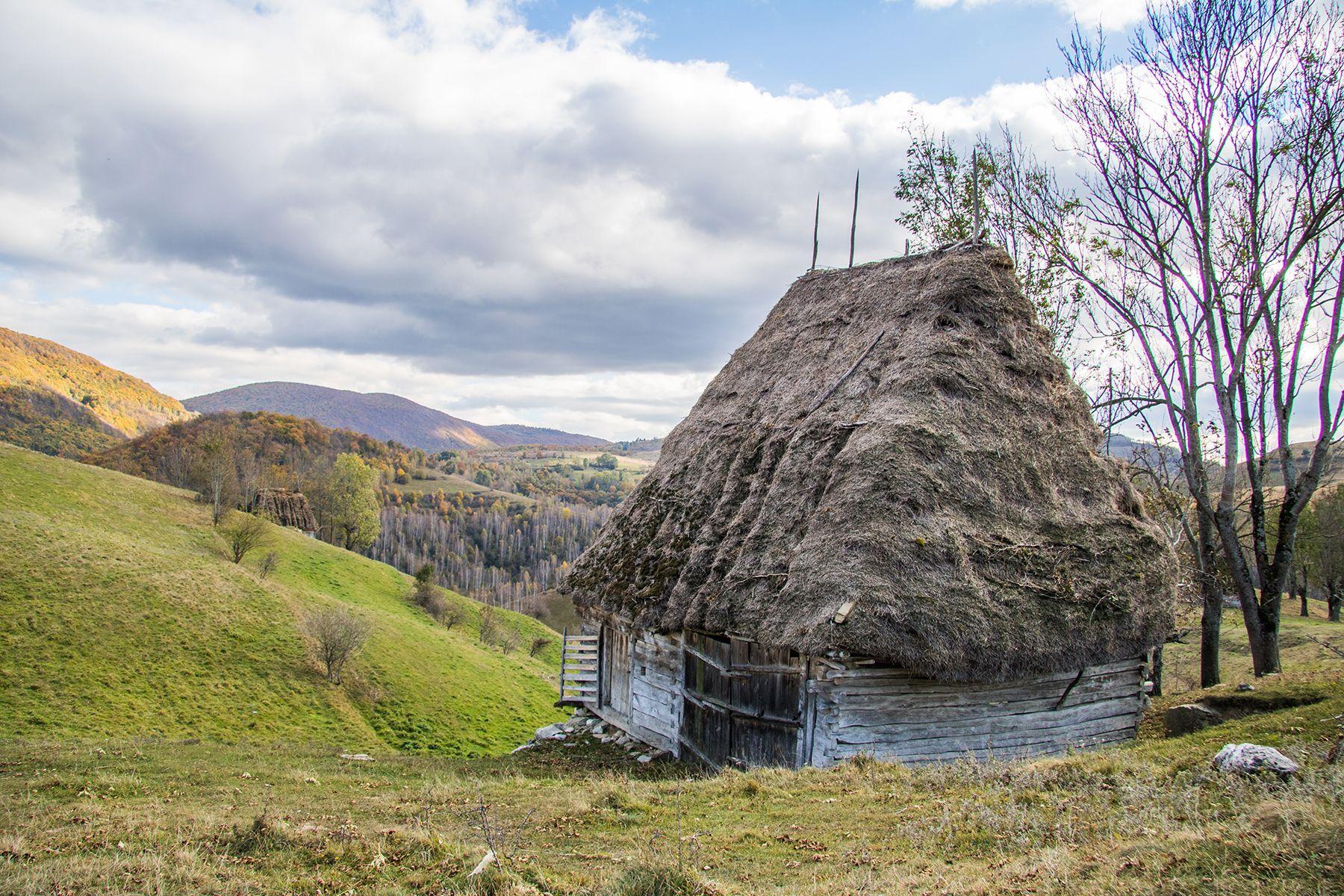
27. Visit a traditional region in Apuseni Mts
In the Apuseni Mountains, specifically in *Apuseni Natural Park,* there is another ethnographically representative historical region known as _Țara Moților,_ where locals live as they used to decades ago, undisturbed by modern civilization. So, besides hiking and visiting natural attractions, this is the best place to experience authentic life in rural.
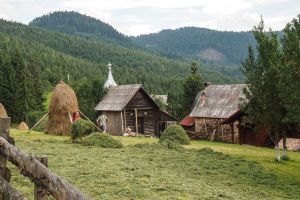
2 Day Hiking in Apuseni Natural Park: Culture & Local Life
Start from: Cluj-Napoca or Sibiu
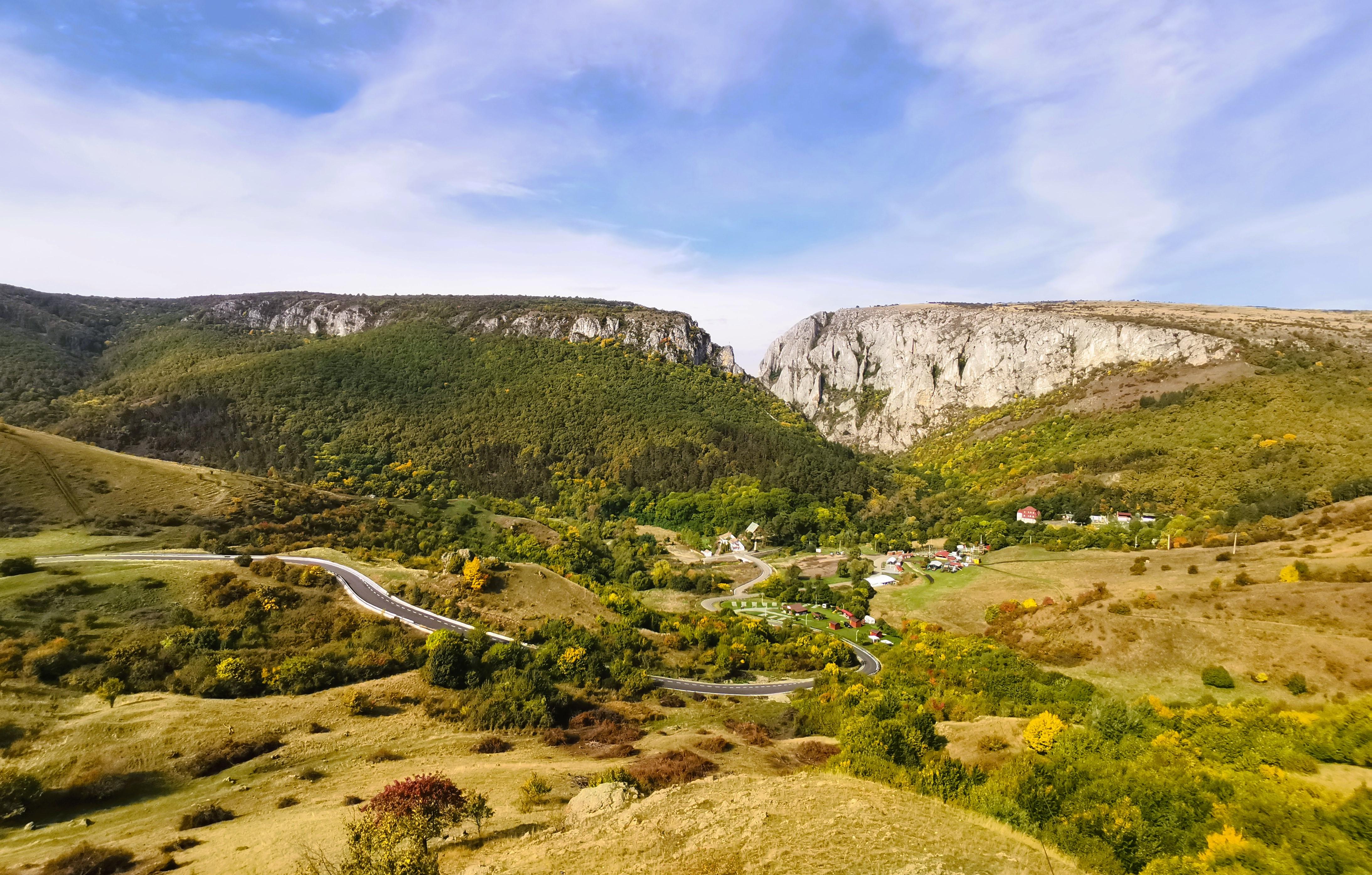
28. Admire a natural reserve: Turda Gorges
Another popular natural attraction near Cluj is *Turda Gorges* (Cheile Turzii), a superb area that will close you off from civilization with fresh air and lots of vegetation. A hiking trip in Turda Gorges will last about four hours, but you can also learn about via Ferrata with our specialist guide if you're up for it.
For a nature lover, this is the perfect place to be.
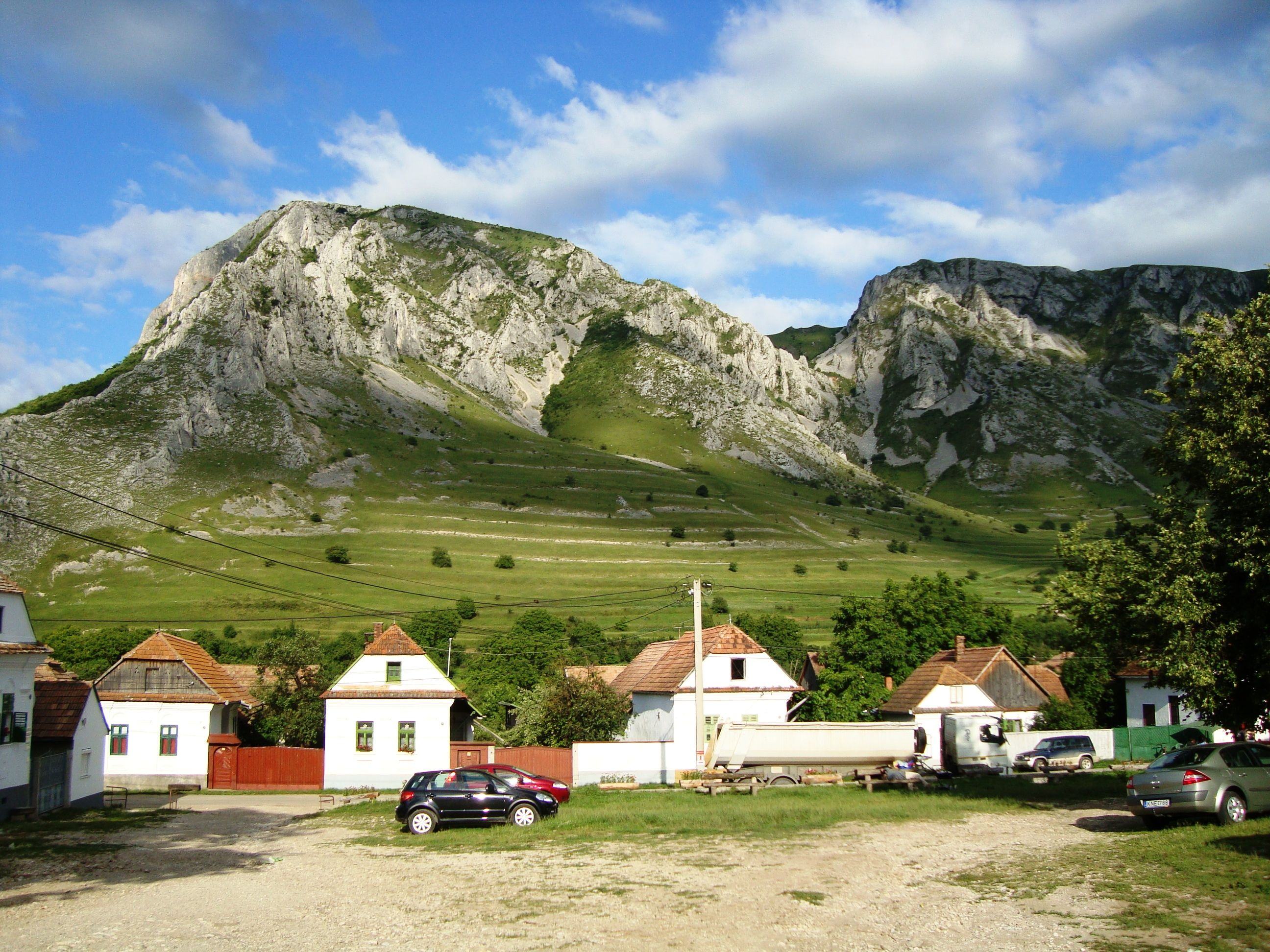
29. Go to the charming village of Rimetea and hike to Piatra Secuiului
Another popular route - though more difficult - is Szekler's Stone (Piatra Secuiului) in the lovely ethnic-Hungarian village of Rimetea. Towering and imposing, this hiking day trip will be rewarding for sure.
Local tip:You may read about *Tarnita Lake* outside of Cluj-Napoca, but apart from private houses, there's no real infrastructure for tourists to enjoy the area, so I wouldn't recommend you bother going there.
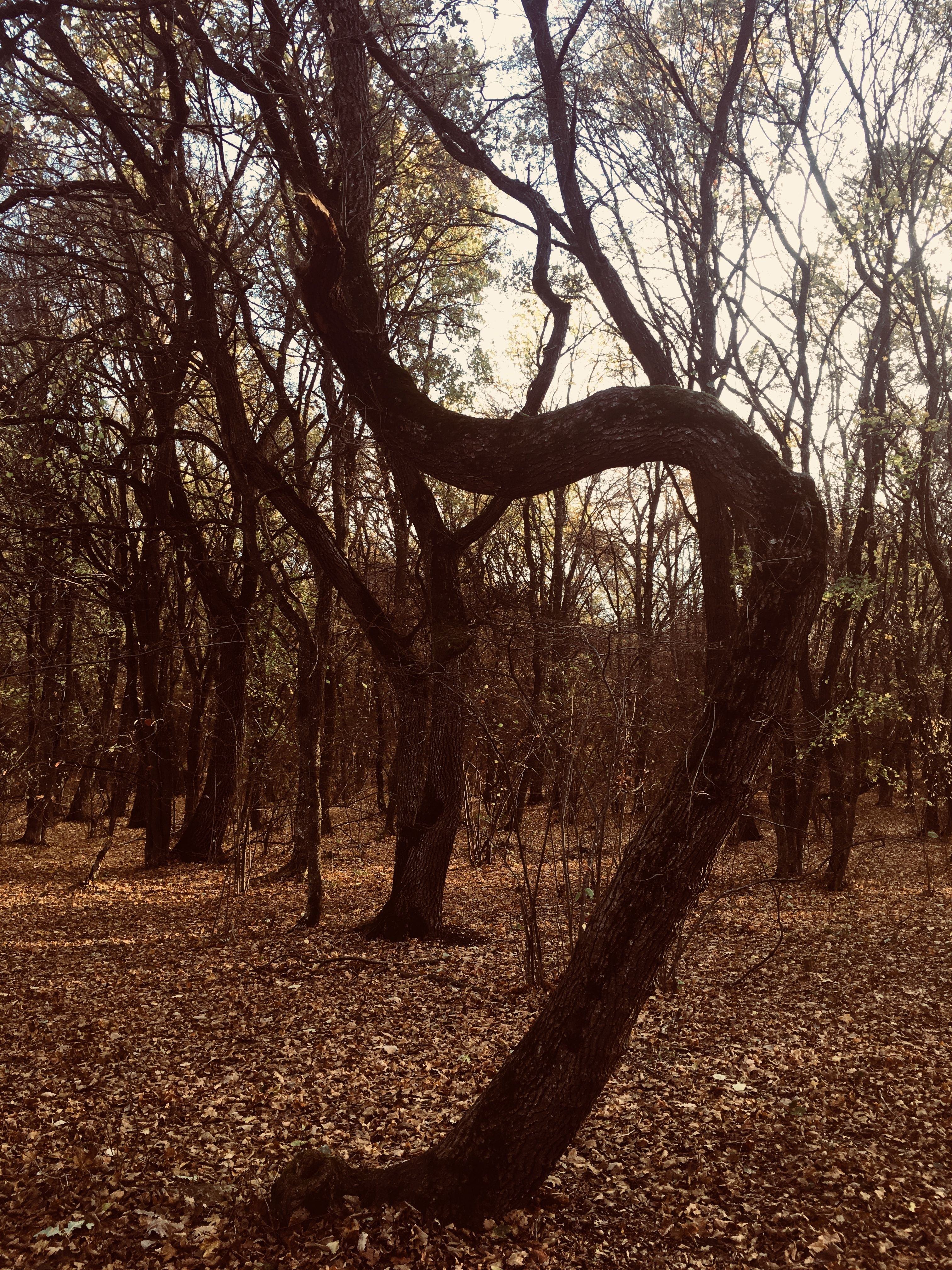
The haunted forest of Romania: Hoia Baciu
30. Enter a space of mysteries at the Hoia Baciu forest
Now, it's time for something completely different. Do you know a forest in the surrounding area of Cluj-Napoca is said to be haunted?
It's called Hoia Baciu after a shepherd disappeared here without a trace with his entire flock. It's also where UFO sightings were photographed 50 years ago, and strange readings have been recorded ever since. And the vegetation in the forest is... weird. There's a perfectly round huge clearing where grass doesn't grow above a certain level—and no one mows it!
I know what you're thinking—`hard to believe!` It was the same for me until I went with our guide, who is super passionate about this attraction, on a tour in Hoia Baciu forest with special measuring equipment. I like mysteries, and this is by far a unique thing to do and an unusual place in Cluj-Napoca, and probably the most haunted place in Romania!
Near Hoia Baciu Forest, the oldest human settlement in the region, Gura Baciului, dates from the Neolithic Period and it is another great place to visit if you wish to be impressed.
31. Visit the famous Banffy Castle
Bánffy Castle, located in Bonţida near the city of Cluj-Napoca, is an architectural marvel with influences spanning Renaissance, Baroque, Neoclassical, and Neogothic styles. Owned by the Hungarian Bánffy family, the castle has been repurposed and has been housing an Art Cafe since 2001. The Trust has established an educational centre in the Miklós building. Various parts of the castle, including the former chapel, stables, and main building, serve as cultural events and program venues.
Banffy Castle has emerged as a host for alternative and electronic music festivals in recent years, making it a popular spot near Cluj-Napoca. If you're considering going to Electric Castle, one of Romania's most popular events, don't think twice!
Held in the Banffy domain, this festival showcases a dynamic blend of electronic music and artists spanning various genres, such as electronic, punk-rock, alternative, D'n'B, trap, funky disco, and more.
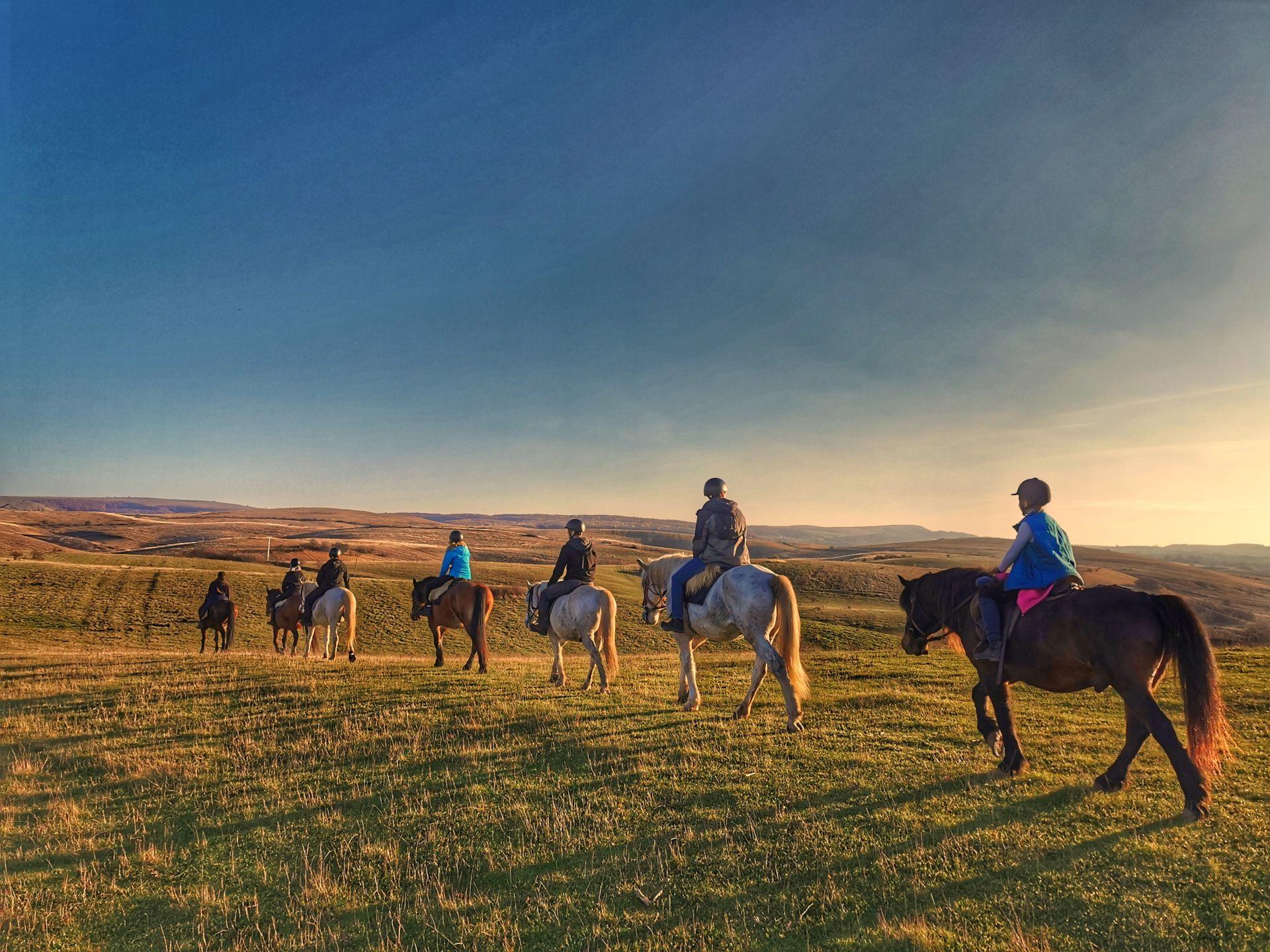
32. Go horse riding in the hills of Transylvania
If you're a fan of the saddle, you'll love this experience! Close to Cluj-Napoca, one of our guides—passionate about horses—knows a family that breeds Huluc horses, an authentic Romanian mountain breed.
When the region was under Austrian or Hungarian rule, Romanian outlaws on horseback called haiduci would be famous for their disruptive incursions on foreign officials.
So you'll love this if you want to learn more stories about them or explore picturesque hills and typical villages on horseback.
Where to go out in Cluj-Napoca. Best restaurants in Cluj
Ok, back to normal! :)
You're probably starving after so much sightseeing in the Cluj old town and on day trips! The best places for that in Cluj-Napoca are Museum Square (Piata Muzeului), Union Square (though a little too touristy for our taste), and Potaissa Street. This is where you'll find the best restaurants in the city, with lots of bars, cafes, and inspiring terraces.
33. Enjoy a tasty blend of fancy and classic flavours
Blend in with locals and make some new friends. If you're looking for places to go out in Cluj-Napoca, try the fancy menu at Via Restaurant, reinterpreted traditional food at Zama, or delicious pasta at Tortelli, all conveniently located in the city centre. You can also try Casa Boema for Romanian tapas or Baracca for gourmet delicacies. Bulgakov and Casa TIFF are local favorites, too.
34. Taste traditional Romanian food
If you're looking to try Romanian food beyond the typical sarmale (stuffed cabbage rolls), polenta with shepherd's cheese, papanasi (huge desert), and mititei (or mici), most travel bloggers talk about and which you can find at any hotel restaurant as well - one of our guides is a foodie.
He'll take you to the best places in Cluj-Napoca to try authentic Romanian food, including a farmers' market to taste local produce and tell you what local specialties to try. We love these walk, talk & eat local experiences when visiting other cities around the world, so we created one for Cluj-Napoca, too:

Cluj-Napoca Food Tour: Food Markets, Regional Dishes and Coffee Culture
Start from: Cluj-Napoca
35. Discover the specialty coffee culture in Cluj
Coffee lover? You're in for a treat! Cluj has been famous nationwide for its *specialty coffee culture* for almost a decade, not to mention many coffee shops with a unique vibe. Popular places to try in Cluj-Napoca city: Meron, Narcoffee, Olivo, Let's Coffee, and Frasca - a small and cozy place that will make you feel at home and serve gentle low acid coffee.
Pro tip:Romanians love good coffee, and we wrote an article with the best coffee shops in Romania covering every major tourist city.
36. Go out for drinks in Museum Square
Museum Square is a perfect place to end up for drinks after dinner. Try Crush Wine Bar for good wines, although most hip bars in the city will serve the best Romanian wines. Try Londoner's Pub or Hemingway's for cocktails and other great things to surprise your taste buds.
36. Mingle with students on Piezisa Street
Piezisa Street is full of bars, clubs, and street food eateries since there's a large student campus nearby—so prepare for a long night of music, dancing, shots, and a great time! Also, as a side note, it's best to find a hotel away from these noisy spots to rest when needed. Check out Form Space and Euphoria Music Hall for proper clubbing. They usually have live concerts followed by DJ sets and incredible electronic music.
How to get to Cluj-Napoca International Airport
Cluj has Romania's second-largest international airport, which is well-connected to European cities like Rome, Vienna, and Budapest. Flights from Wizz Air, Turkish Airlines, and the Tarom Romanian airline mainly connect it. For more information, check out our guide on traveling to Romania.
Remember that the best time to visit Cluj-Napoca is generally April - September, when the city has many events and festivals. Traveling to Cluj in March may be a gamble as early spring weather in Romania is still very cold. You might get lucky, though, and enjoy the first spring festivities on March 1st (First of Spring and Martisor) and March 8th _(Mother's Day). _
A city break of 4-5 days is enough, especially if you leave 1-2 full days for day trips. However, this is also peak season for most European city breaks, so flight prices might be high if you don't book them in time, and the airport might be crowded.
How to get to Cluj-Napoca airport with domestic flights
If you are already in Romania and wish to visit Cluj-Napoca, opting for domestic flights might sound like the best option, especially if you are traveling from the other side of the country and do not have all the time in the world to travel by car. However, you have a better chance of getting a good flight from Bucharest only. Despite also having an airport, Timisoara is not at a flight-worthy distance. In contrast, traveling from the country's North, like Iasi or Bacau airport, you might have some flight options with considerable detours.
Other ways of getting to Cluj-Napoca from other Romanian cities
As mentioned, the best way to travel from Bucharest to Cluj-Napoca International Airport is to catch an internal flight. Traveling by car may take 7-8 hours, and we don't recommend it because driving long distances in Romania is very tiring. There is also an overnight train that takes 10 hours. The distance is more manageable if you travel to Cluj Napoca from Brasov or Sibiu, anywhere from the country's center and the Transylvania region. Otherwise, expect a long car, bus, or train ride.
Unfortunately, public transportation in Romania is not very well developed. Still, car rentals are an option that could give you more flexibility than any flight schedule and access to remote areas. So consider that when planning your trip.
Public transportation in Cluj-Napoca. From the international airport to the city centre
From Cluj-Napoca International Airport, which is located outside of Cluj-Napoca city limits, to the city center or Old Town area destinations, there are 2 options:
- Public bus line A1E runs every 10 minutes daily or 20 minutes during weekends between 04:30 and 24:00; as you exit the arrivals building of the Cluj-Napoca International Airport, it will be on your right; this route will take you to the city center in about 26 minutes and finish in Piata Mihai Viteazul; you can buy tickets from the ticket machine in the airport;
- Just outside the airport building, you'll find the official taxis waiting, all safe and scam-free; you can even pay by card (tell the driver before getting in); from Cluj International Airport to the city centre, it will cost about 10 Euro and take 15-25 min, depending on destination and traffic (for convenience and speed, this is what we recommend).
The best way to navigate Cluj-Napoca is by foot: the prominent landmarks and squares are all within walking distance. For anything else, take a taxi (Daniel, Nova, City) for 4,05 Lei/ km during the day and 4,75 lei/km during the night. You can also use ride-sharing apps like Uber or Bolt to pay cash or pay by card.
For more information on public transport in the Cluj-Napoca metropolitan area, check the official website here. Bus and tram tickets cost 6 Lei for two rides, but I doubt you'll need to use them. Unfortunately, renting public bikes is not available for tourists (yet).
Where to stay in Cluj-Napoca
There are plenty of places to stay in the unofficial capital of Transylvania, especially around the Old Town area and main boulevards. Check Booking.com or Airbnb for options; you'll find everything from hostels to high-end hotels with international cuisine restaurants. Prices start as low as 20 Euro/ night. Finding a hotel within a budget but still close to the old town is not difficult.
Generally, I don't recommend you go further than Piata Operei or Parcul Central since you want your hotel to be within walking distance of the city center.
***
So, that's it! Here are all my tips on how to visit Cluj-Napoca like a local with the best things to do in the city, must-see attractions, and day trips from here.
I hope it will inspire you to come over for a quick visit. We can even grab a drink in some of the city centre spots I mentioned, and since I'm so passionate about my job, I'll tell you more about the [link text="best things to do in Romania!" url="https://www.romanianfriend.com/blog/best-things-to-do-in-romania" target="_blank"
Your Romanian Friend
David
Places to visit
4 times a year we prepare a newsletter with local stories, places and our special insights about Romanian culture and local life that will inspire you to visit our country and have an authentic local experience. Would you like to get it?
